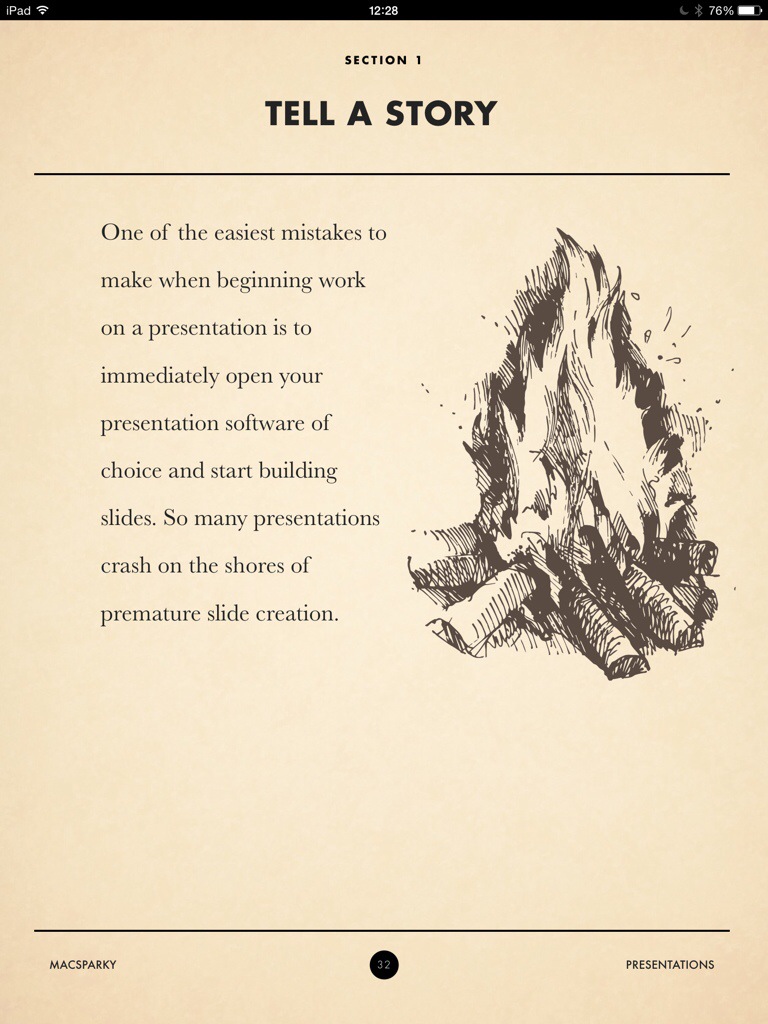Be careful with this. People who keep their email addresses quiet usually do so because otherwise they get writers like us bombarding them. But if you and I are the only ones who figure out their addresses, we’re not a bombard.
Nonetheless, use this when you are sure it is your best way to reach someone. Also, it won’t always work. And, last cautious bit, this is how to find their address: it isn’t what you should say to them.
Are you still here?
Right, do this.
You’re looking for Alan Phabet and you know he works at Dewey Decimal Ltd.
Google up the company’s website and go there. Look for Alan’s email address as, afterall, if it’s there, your job is done. Most likely the only email address you’ll see is a generic enquiries@deweydecimal.com. That will be the one they push in front of you. If they have the company phone number, ring them and ask for Alan’s email address.
Again, if that works, job done. Assuming it doesn’t, though, go back online and google exactly this, including the quote marks:
“@deweydecimal.com” at www.deweydecimal.com
That searches for every email address listed anywhere on that particular site. Yet again, if you find “alphabet@deweydecimal.com”, job done.
Most likely, you will get a few different addresses and none will be the one you need. But you’ll see that Noreen Umber’s email is number@deweydecimal.com, for instance, and Edward Xavier Cel’s is excel@deweydecimal.com. If I saw that, I’d take a shot at Alan Phabet’s address being aphabet@deweydecimal.com.
It might not be, though. Maybe you will have to try it and hope, but you can check it out a little bit more. Go back to Google and this time search thisaway, again including the quote marks:
“aphabet@deweydecimal.com”
That searches the entire web for that email address and sometimes, there it is. Alan’s written extensively in some professional journal and he’s given his email address because he wants those readers to contact him.
Professional journals or anything like that can be useful in this stuff. LinkedIn is surprisingly good too: you’re meant to use that service to find who you have in common and get them to introduce you but sometimes you also get a lot of detail from a straight search.
I’ll not say this all depends on luck because it’s really about how you and the person you’re trying to reach works. But if you are very unlucky and the sole thing you can find is that tedious enquiries@deweydecimal.com, there are still two things you can do.
I’d say the first thing is to phone the company back and this time ask to speak to Alan Phabet. Be ready to make your pitch, whatever it is, in case you do get him. But more often, you’ll get an assistant. Pitch to them, if it feels like they’re willing to spend a moment with you. Ask them for Alan’s address. They might give you their own address in which case email them immediately with thanks and your pitch for Alan.
And last, if they won’t give you any address or if whoever answers the phone won’t put you through, go back to the website and that tedious enquiries address. You never know, it might work for you.
One quick side tip: when you’re first checking out a company’s website, if you find a newsletter or anything where you can sign up to be notified of things, sign up immediately. I had a thing where I did that and when I phoned the company a moment later, the producer said something like “Oh, hello” – because she’d just been reading to see who this guy was who had signed up on her site. By the time I rang, she was on my website and that was like she was pitching me to herself.



